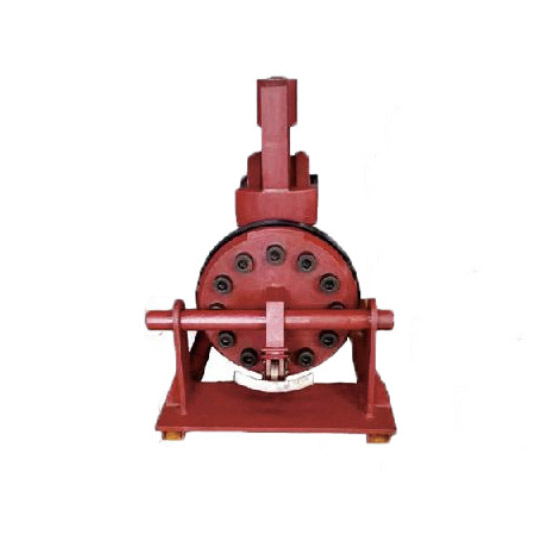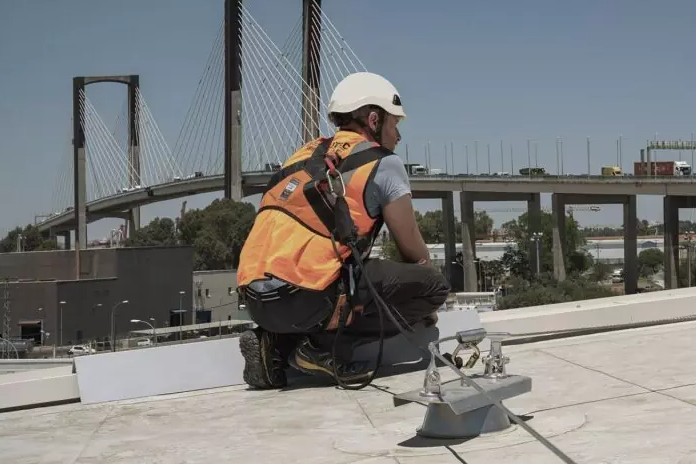Efficient energy management remains a crucial priority for businesses and facility managers striving to optimize performance, reduce costs, and meet sustainability goals. Managing energy consumption across multiple sites or complex buildings can be overwhelming without the right tools. This is where a Smart Energy Monitoring System becomes a game-changer — providing real-time insights, actionable data, and user-friendly controls that empower organizations to take charge of their energy usage like never before.
What is a Smart Energy Monitoring System?
A Smart Energy Monitoring System is an advanced technological solution designed to track, analyze, and manage energy consumption in buildings or industrial facilities. Unlike traditional energy management methods that rely on manual readings and static reports, smart systems integrate IoT-enabled sensors, real-time data analytics, and cloud platforms to deliver dynamic, precise, and accessible energy information.
At its core, this system collects data from various points such as electrical circuits, HVAC systems, lighting, and machinery. This information is then processed and displayed via easy-to-understand dashboards, allowing facility managers to pinpoint inefficiencies, detect anomalies, and make informed decisions about energy use.
Benefits of Using a Smart Energy Monitoring System
Adopting a Smart Energy Monitoring System offers numerous advantages that directly impact operational efficiency, financial savings, and environmental responsibility.
Real-Time Energy Tracking: With instant access to consumption data, managers can monitor energy use across different zones or equipment in real-time. This immediate visibility helps quickly identify spikes or irregularities, allowing for prompt corrective actions.
Enhanced Energy Efficiency: By understanding how and when energy is used, organizations can implement targeted strategies such as scheduling equipment downtime, optimizing lighting, or upgrading inefficient machinery. These adjustments lead to lower energy waste and improved overall efficiency.
Significant Cost Savings: Reducing unnecessary energy use directly translates to lower utility bills. The system’s data-driven insights support ongoing cost control by continuously highlighting opportunities to trim consumption without compromising operations.
Multi-Site Energy Management: For businesses operating across multiple locations, the ability to monitor all sites from a centralized platform is invaluable. A smart system consolidates energy data into one interface, making it easier to benchmark performance, share best practices, and streamline management.
Sustainability and Environmental Impact: Energy conservation contributes to reducing carbon footprints and meeting sustainability targets. A Smart Energy Monitoring System supports corporate social responsibility by promoting greener practices and compliance with energy regulations.
ser-Friendly Analytics and Reporting: Sophisticated energy data can be complex, but smart systems translate this into intuitive charts, alerts, and reports. This accessibility enables even non-technical staff to engage with energy management, fostering a culture of accountability.
How Does AST Smart Energy Monitoring System Work?
AST’s Smart Energy Monitoring System combines cutting-edge technology with simplicity to provide a comprehensive energy management tool. Utilizing IoT sensors and cloud-based analytics, AST’s system collects detailed energy data from any number of sites and devices. The data is then processed through AI-powered analytics, which offer clear, actionable insights.
The platform features customizable dashboards designed to present energy consumption trends, peak usage periods, and equipment performance metrics. Facility managers can easily generate reports and receive alerts about unusual energy patterns, empowering proactive maintenance and optimization.
One standout feature of AST’s system is its scalability. Whether managing a single building or an extensive network of facilities, AST provides the flexibility to expand monitoring capabilities as the organization grows or as new technologies are integrated.
Who Can Benefit from a Smart Energy Monitoring System?
The versatility of Smart Energy Monitoring Systems makes them valuable across a wide range of industries and building types:
- Commercial Buildings and Office Complexes: Reduce operational costs and improve workplace sustainability.
- Industrial Facilities and Manufacturing Plants: Monitor heavy machinery energy use and optimize production efficiency.
- Retail Chains and Multi-Location Businesses: Centralize energy data from multiple stores to control expenses.
- Educational Institutions and Government Buildings: Demonstrate commitment to environmental stewardship and reduce public operating costs.
Any organization that seeks to understand its energy footprint and actively manage consumption will find measurable benefits in adopting a smart energy monitoring approach.
Steps to Implement a Smart Energy Monitoring System
Deploying a Smart Energy Monitoring System successfully involves a series of strategic steps:
Energy Assessment and Audit: Before implementation, a thorough evaluation of current energy usage patterns and infrastructure is essential. This audit identifies key consumption points and opportunities for improvement.
Selecting the Right Solution: Choosing a system like AST’s ensures access to advanced technology, multi-site support, and user-friendly analytics tailored to the organization’s needs.
Installation and Integration: Professional installation of sensors and integration with existing electrical systems guarantee accurate data collection without disrupting operations.
Training and Adoption: Staff education on system use encourages engagement and maximizes the value derived from monitoring tools.
Continuous Monitoring and Optimization: Ongoing data analysis allows for continual refinement of energy strategies and adaptation to changing conditions.
Common Challenges in Energy Management and How Smart Systems Address Them
Energy management faces several hurdles, such as:
- Accurate Energy Tracking: Manual methods are prone to errors. Smart systems automate data collection for precision.
- Managing Multiple Sites: Coordinating energy use across locations can be complex. Centralized dashboards simplify oversight.
- Data Overload: Raw data can overwhelm users. Intuitive analytics and alerts make the information actionable.
- Usability for Non-Experts: Traditional tools often require technical expertise. Smart systems prioritize user-friendly interfaces.
By addressing these issues, Smart Energy Monitoring Systems streamline energy management, making it more accessible and effective.
Future Trends in Smart Energy Monitoring
The future of energy monitoring is poised for even greater innovation:
- Artificial Intelligence and Machine Learning: These technologies will further enhance predictive analytics, allowing systems to automatically optimize energy consumption.
- Integration with Smart Grids: Coordinating with utility grids will enable better demand response and renewable energy use.
- Expansion of IoT Devices: More connected sensors will provide granular visibility into every aspect of energy use.
- Increased Focus on Sustainability: As regulatory pressure and corporate responsibility grow, smart energy systems will become essential tools.
Staying ahead of these trends ensures organizations continue to improve efficiency and reduce environmental impact.
Takeaway
Efficient energy management is no longer a luxury but a necessity for modern facilities striving to cut costs and promote sustainability. A Smart Energy Monitoring System offers the technology and insights needed to transform how energy is managed — providing real-time data, actionable analytics, and scalable solutions tailored to your unique needs. AST’s advanced system stands out by delivering an intuitive, flexible platform that empowers organizations to take control of their energy use and confidently step into a smarter, greener future. Start your journey toward smarter energy management today and unlock the full potential of your facility’s energy resources.















